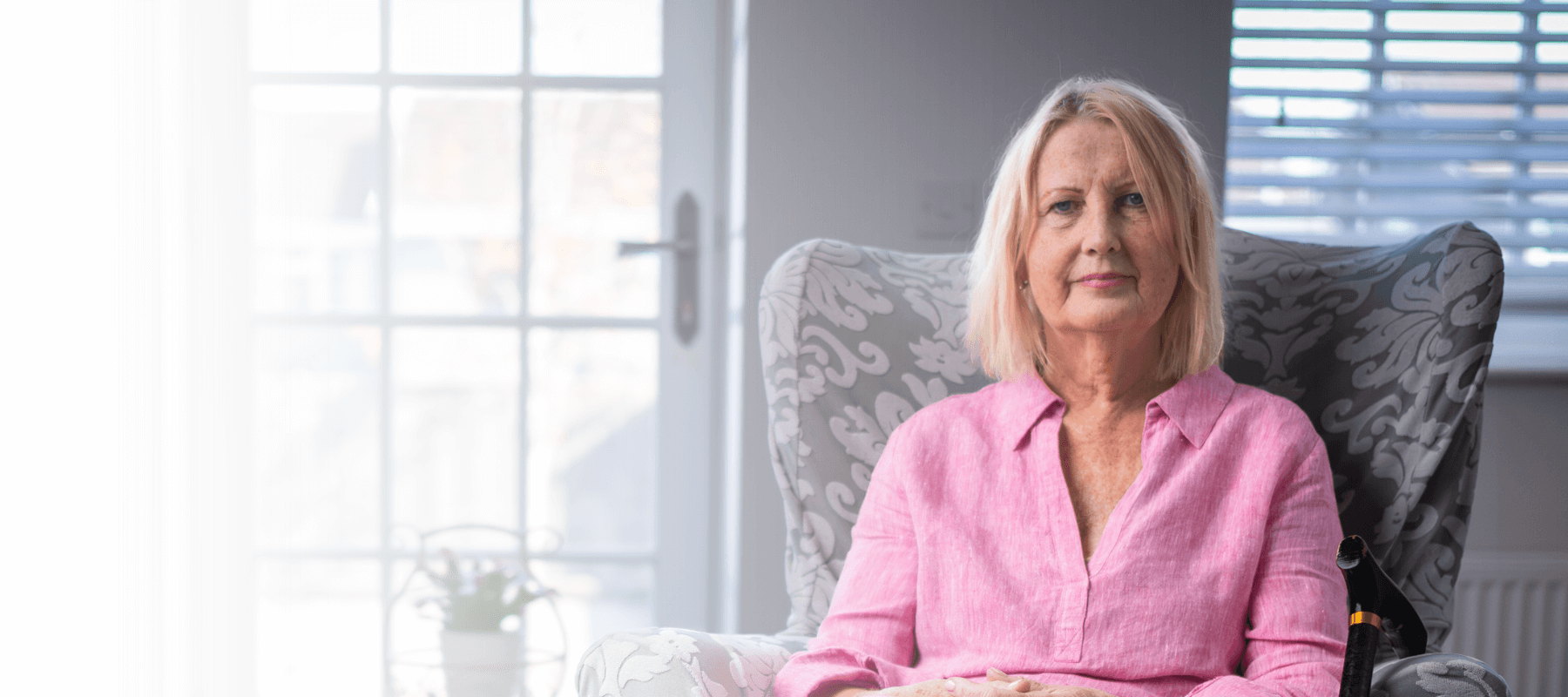
Consensus statement published in the British Journal of Sports Medicine
Head office
17 May 2022
Don’t be afraid to exercise regularly to boost bone health and cut falls risk, people with osteoporosis advised
People with weakened bones (osteoporosis) shouldn’t be afraid to exercise regularly, says a consensus statement drawn up by an expert panel on how best to maximise bone health, stave off fracture risk, and improve posture in those with the condition, and published in the British Journal of Sports Medicine.
They should be encouraged to do more rather than less, with an exercise routine that includes muscle strengthening exercises on 2 to 3 days of the week and brief bursts of moderate impact activities, such as jogging, aerobics, or Zumba on most days, says the statement.
And for those who have already sustained a vertebral fracture, or who are frail/elderly, the advice is to include lower impact exercise up to the level of brisk walking for 20 minutes every day.
An estimated 137 million women and 21 million men have osteoporosis, with this prevalence expected to double within the next 40 years, notes the statement.
Hip and spine fractures can interfere with independence and reduce life expectancy, while vertebral fractures are associated with long-term pain.
Regular exercise strengthens bones, reduces the risk of fractures and falls, and improves posture, as well as boosting overall mental and physical health, so it’s important that people with osteoporosis don’t miss out on these health benefits.
But continuing uncertainties about what type of physical activity people with, or at risk of, osteoporosis can safely do, particularly later in life or when bones have already significantly weakened, has left clinicians in the dark about what to recommend, and deterred those with the condition from regular physical activity for fear of worsening it or sustaining a fracture.
There is no UK guidance on exercise and osteoporosis. And while there is relevant international guidance from the USA, Australia, and Canada, this doesn’t answer some key questions.
In a bid to clear up any lingering confusion, a multidisciplinary expert panel reviewed the existing evidence and drew on a wide range of expert clinical and patient opinion, to reach agreement on a series of recommendations designed to maximise the bone health of people with osteoporosis while minimising their fracture risk.
The resulting consensus statement has been endorsed by the Royal Osteoporosis Society.
Key recommendations include:
- Progressive resistance training and impact exercise involving major muscle groups to maximise bone strength
- Resistance training ideally uses resistance machines or weights, building up gradually to heavy loads (the maximum that can be lifted 8 to 12 times). If this isn’t an option, circuit training; rowing; Pilates or yoga; stair climbing; sit to stands; heavy housework, gardening, DIY may be good muscle-strengthening alternatives
- Running, jumping, aerobics, Scottish dancing/Zumba and many ball games are examples of impact exercise
- Activities to improve strength and balance to reduce fall risk, such as Tai chi, Pilates, and yoga; referral to recognised falls prevention programmes
- Spinal extension exercises to improve posture and potentially curb the risk of falls and vertebral fractures
- Avoidance of postures involving a high degree of forwards bending of the spine, such as toe touches, curl-ups, or picking up heavy objects without bending at the knees and hips
- For people with previous fractures, including of the vertebrae, or who are frail/elderly, exercise only up to an impact equivalent to brisk walking
- For those at risk of falls, start with targeted strength and balance training
- Breathing and pelvic floor exercises can help ease symptoms that may be worsened by severe curvature of the spine (spinal kyphosis)
The consensus goes on to say that exercise may help people with vertebral fractures reduce pain, and improve mobility and quality of life. Ideally, it should be accompanied by guidance from a physiotherapist to ensure correct posture and encourage a return to normal activities.
And everyone with osteoporosis may benefit from advice on adapting postures and movements, particularly when starting a new programme of exercise, it says.
The consensus also sets out some overarching principles for people with osteoporosis and the clinicians who treat them.
Physical activity and exercise have a key role in promoting bone strength, reducing falls risk, and managing vertebral fracture symptoms, so should be part of a broad approach that includes other lifestyle changes—adequate calcium and vitamin D intake, not smoking, and cutting down on alcohol intake—combined with drug treatment, where appropriate.
People with osteoporosis should be encouraged to do more rather than less. The evidence indicates that physical activity and exercise isn’t associated with significant harm, including vertebral fracture; in general, the benefits of physical activity outweigh the risks.
Although specific types of exercise may be the most effective, even a minimal level of activity should provide some benefit.
Health professionals should avoid restricting physical activity or exercise according to bone mineral density or fracture thresholds as this may put people off exercising.
Those with painful vertebral fractures need clear and prompt guidance on how to adapt movements involved in day-to-day living.
“Osteoporosis exercise programmes, like other exercise programmes for older people and those with long-term conditions, need to be more than a prescribed set of exercises,” notes the statement.
“They need to consider education and physical literacy, support and goal setting, motivation strategies, behaviour change techniques and take into consideration needs and preferences.”
Chair of the expert panel, Professor Dawn Skelton, advises: “Anyone who is new to regular physical activity or who is worried about their technique or unsure how to build their fitness, can seek advice from any trained exercise instructor. Those with a history of falls or serious concerns about their balance can contact their local falls service.”
This piece was produced by the British Journal of Sports Medicine.
To read the consensus statement, visit or read the quick reference guide here.
 Search
Search
 Login
Login


